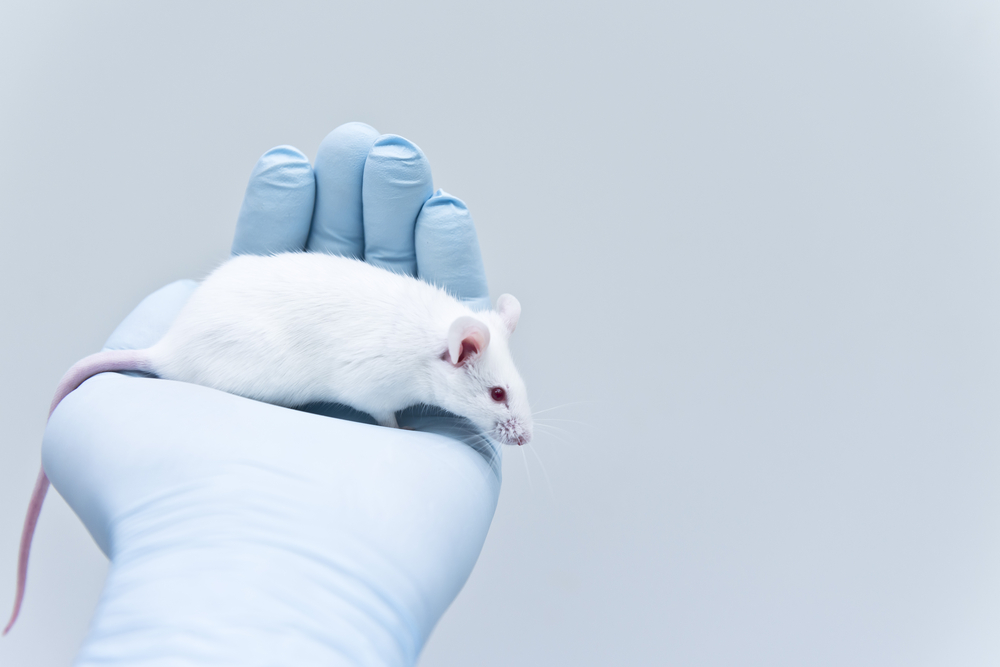Factor Required for Lung Development Promotes Fibrosis, Mice Study Indicates

A factor crucial to lung development also appears to promote fibrosis, the tissue-scarring in the lungs associated with idiopathic pulmonary fibrosis (IPF), according to a study.
The factor, TAZ, locks lung fibroblasts — or cells that generate connective tissue — in a state that promotes fibrosis. TAZ stands for transcriptional co-activator with PDZ-binding motif.
The study, “TAZ contributes to pulmonary fibrosis by activating profibrotic functions of lung fibroblasts,” was published in the journal Scientific Reports.
Previous research has shown that TAZ plays a critical role in lung development, and is present in developing lungs’ epithelial cells, which coat the lung’s cavities.
TAZ’s role in idiopathic pulmonary fibrosis was unknown, however.
To address this, the same team of scientists that studied TAZ’s role in lung development decided to analyze what would happen when they induced IPF in mice carrying two variants of the TAZ gene.
The variants are called alleles. One was normal and the other a mutation. The defective allele compromised TAZ’s function in the mice.
Researchers discovered that mice with one normal and one mutant TAZ allele were resistant to bleomycin-induced lung fibrosis. This suggested that TAZ in normal mice must play a role in fibrotic processes in the lungs. Bleomycin is widely used to induce lung fibrosis in experimental models.
The team noted that “these results indicate that TAZ plays a significant role in lung fibrosis, but the cellular and molecular mechanisms have not been elucidated. Indeed, it remained undetermined which cell types express TAZ in the adult lung and how decreased TAZ leads to the attenuation of fibrosis.”
Researchers also discovered that TAZ is activated in the lung fibroblasts of patients with IPF. Another finding was that TAZ promotes lung fibrosis by regulating proliferation, migration and matrix contraction in lung fibroblasts.
In addition, the researchers found that genes regulated by TAZ were similar to those regulated by TGF-β, another factor that promotes fibrosis. The implication is that TAZ may play a crucial role in fibrosis by cross-talking with TGF-β-regulated pathways.
Overall, “we elucidated the functional role of TAZ in pulmonary fibrosis, through an integrated analysis that employs bioinformatics, cell cultures, and clinical samples. Our study reveals a mechanism of sustained activation of lung fibroblasts that contributes to pulmonary fibrosis, and offers a potential basis for therapeutic intervention,” the researchers concluded.






